Emilio Sanchez (1921-1999)
Get a Sanchez Certificate of Authenticity for your painting or a COA for your Boucher drawing or print.
For all your Sanchez artworks you need a Certificate of Authenticity in order to sell, to insure or to donate for a tax deduction.
How to get a Sanchez Certificate of Authenticity is easy. Just send us photos and dimensions and tell us what you know about the origin or history of your Sanchez painting, drawing or print.
If you want to sell your Sanchez painting, drawing or print use our selling services. We offer Sanchez selling help, selling advice, private treaty sales and full brokerage.
We have been authenticating Sanchez and issuing certificates of authenticity since 2002. We are recognized Sanchez experts and Sanchez certified appraisers. We issue COAs and appraisals for all Sanchez artworks.
Our Sanchez paintings, drawings and print authentications are accepted and respected worlwide.
Each COA is backed by in-depth research and analysis authentication reports.
The Sanchez certificates of authenticity we issue are based on solid, reliable and fully referenced art investigations, authentication research, analytical work and forensic studies.
We are available to examine your Sanchez painting, drawing or print anywhere in the world.
You will generally receive your certificates of authenticity and authentication report within two weeks. Some complicated cases with difficult to research Sanchez paintings or drawings take longer.
Our clients include Sanchez collectors, investors, tax authorities, insurance adjusters, appraisers, valuers, auctioneers, Federal agencies and many law firms.
We perform Emilio Sanchez art authentication, appraisal, certificates of authenticity (COA), analysis, research, scientific tests, full art authentications. We will help you sell your Emilio Sanchez or we will sell it for you.
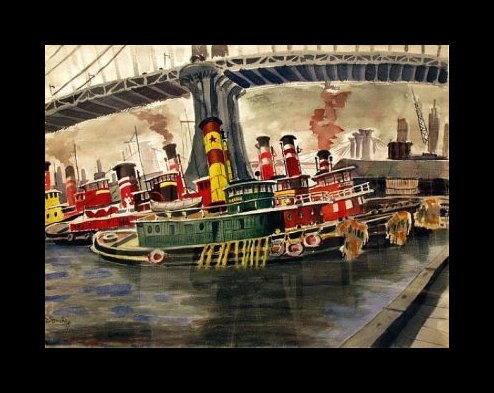
Born in Camaguey, Cuba, Emilio Sanchez would become a leader in plastic Cuban artists living in exile.
Though he received public schooling in Camaguey, Sanchez set his sights outside of Cuba for artistic training. Unlike many of his contemporaries, he did not attend San Alejandro, but instead traveled to Mexico and then New York to study at the Arts Student League in the late 1930s. From then on, New York became Sanchez’s home. He was eventually naturalized, and did not want to live under Castro’s regime. Though he was no longer living in Cuba, he was still deeply seated in the roots of his home country. After 1960, Sanchez never returned to Cuba to visit, but Cuba was still with him in his art.
In the early stages of his career, Sanchez would initially paint typical symbols and figure studies of things which represented his island nation. Fish, dancers, mulattos and fruit vendors proved to be popular subjects of his, and were well received.
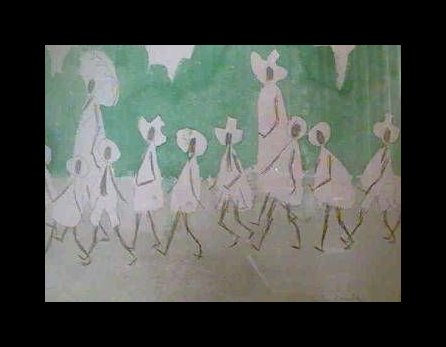
However, as time went on and as Sanchez grew artistically, he began to immerse himself in more plastic styles. His work began to take on more simplified styles and cleaner lines. In specific, he would paint the façades of old homes and show the linear qualities of their doors, windows and exterior. In a way, the repetitious patterns of these home fronts mirrored a sense of eternity for Sanchez, as well as a sense of greatness.
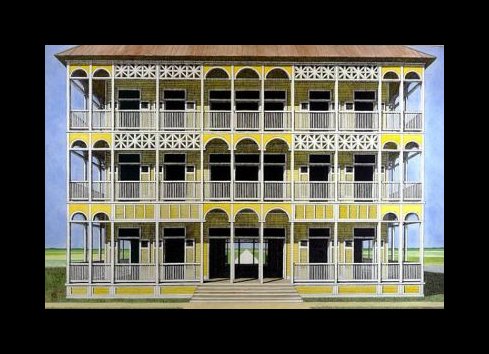
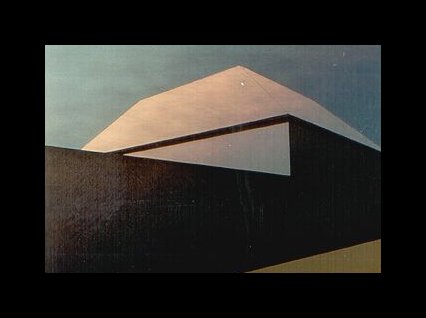
By the late 1960s, Sanchez had become well known for his this so-called “abstract” styling and his series of home fronts. His use of light, geometry and color were perhaps the reason that they were so popular—Sanchez used this idea of painting homes in a way that few have done before or since. His urban landscapes and Caribbean architecture paintings have carved a place for him in art history that would be hard to replace.
In total, Sanchez participated in more than 50 one-man exhibitions and more than 50 collective exhibitions. However, only two of these exhibits ever took place in Cuba. For the most part, Sanchez exhibited his work in New York or other places across the United States. However, Sanchez also exhibited quite often in Europe and Central America and was said to have traveled extensively. This exposure within the United States and elsewhere leaves a great possibility for his work to be privately owned, but otherwise unauthenticated. Since Sanchez had become more popular from the late 1960s until his death in the late 1990s, one may be more likely to own a piece of his from the 1940s or 50s. As a young and struggling artist in New York, he would have had to sell work to survive. These early paintings would most definitely be depictions of Cuban lifestyles and subjects. Could you own one of these pieces?
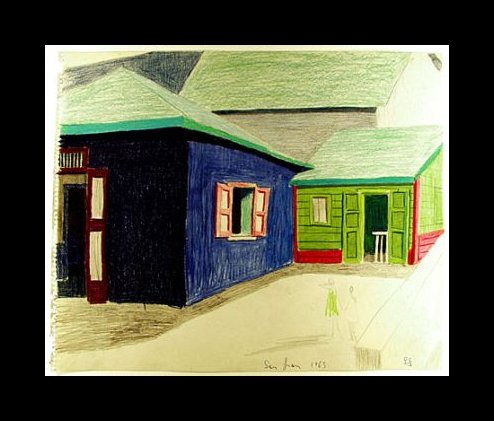
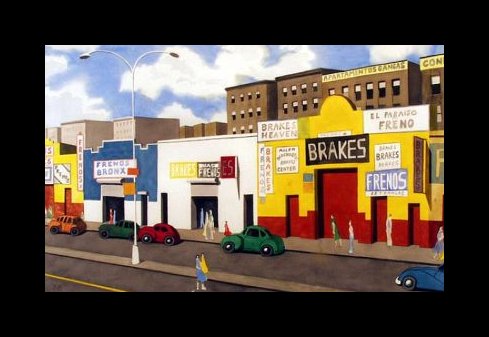

In general, Sanchez signed most of his work. Not just a painter, Sanchez also worked in lithographs and color sketches. He was an extremely versatile print maker, which is what essentially brought him museum attention, and eventually, commercial attention as well.
Today, Sanchez’s work is owned publicly and privately world wide. His work is housed at the Museum of Modern Art in New York, as well as at the New York Public Library and the Chase Manhattan Bank. His work is also housed in Bogota, Australia, and of course, at the National Museum in Havana.
